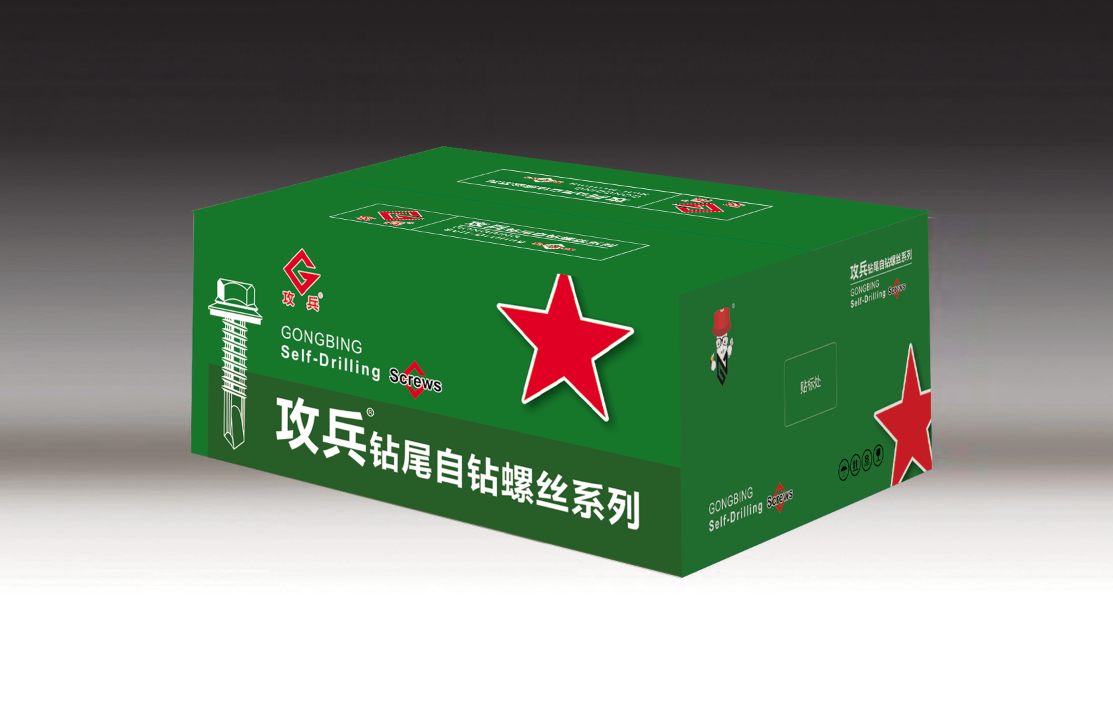Similar Anchoring Solutions for M20 Chemset Applications
Understanding M20 20 Chemset Anchors A Comprehensive Overview
In the realm of construction and engineering, anchoring systems play a crucial role in ensuring structural integrity and safety. Among the various anchoring solutions available, M20 20 Chemset Anchors have gained significant attention due to their robust performance and versatility. This article delves into what M20 20 Chemset Anchors are, their applications, benefits, and installation methods.
What are M20 20 Chemset Anchors?
M20 20 Chemset Anchors are a type of chemical anchor that utilizes a resin-based adhesive to bond the anchor securely within a drilled hole. The designation “M20” indicates the diameter of the anchor bolt, which is 20 mm. This makes M20 anchors particularly suitable for various applications in heavy-duty settings where traditional mechanical anchors may not suffice.
These anchors are typically made from high-quality materials, often stainless steel or zinc-coated steel, which enhances their durability and resistance to corrosion. The use of a chemical adhesive allows for superior load-bearing capacity compared to conventional mechanical fasteners. This is especially beneficial in materials like concrete and masonry, where the integrity of the material can be compromised by conventional anchors.
Applications of M20 20 Chemset Anchors
Due to their strength and reliability, M20 20 Chemset Anchors are commonly used in various applications, including
1. Structural Fixings These anchors are often employed in structural applications, including the attachment of beams, columns, and other load-bearing components in buildings and bridges.
2. Heavy Equipment Mounting In industrial settings, they are used to secure heavy machinery and equipment to the floor, ensuring stability and safety during operations.
3. Facade Elements M20 anchors can be used to attach facade elements, ensuring that external cladding and finishes are securely fixed to structural supports.
4. Road and Bridge Construction These anchors are essential in the construction of roads and bridges, where they are used to secure barriers, signage, and other infrastructural components.
5. Retaining Walls In landscape and civil engineering, M20 Chemset Anchors are employed to stabilize retaining walls, providing the strength needed to manage soil pressure effectively.
Advantages of Using M20 20 Chemset Anchors
The use of M20 20 Chemset Anchors offers several distinct advantages
m20 chemset anchors

1. High Load Capacity The combination of mechanical interlock and chemical bonding provides enhanced load-bearing capabilities, making them suitable for demanding applications.
2. Corrosion Resistance With options for stainless steel or zinc-coated finishes, these anchors exhibit excellent resistance to corrosion, prolonging their lifespan and reliability in various environments.
3. Versatility M20 Chemset Anchors can be used in different base materials, including concrete, brick, and masonry, making them a versatile choice for engineering applications.
4. Ease of Installation The installation process is straightforward, requiring minimal tools and equipment. This reduces labor costs and installation time compared to other anchoring methods.
Installation Process
The installation of M20 20 Chemset Anchors involves several key steps
1. Drill the Hole Use a hammer drill to create a hole of the specified diameter and depth based on the anchor's requirements.
2. Clean the Hole It is crucial to thoroughly clean the drilled hole of dust and debris, which can compromise the effectiveness of the adhesive.
3. Inject the Adhesive Utilizing a suitable applicator, inject the resin adhesive into the hole.
4. Insert the Anchor Insert the M20 anchor into the adhesive-filled hole, ensuring it is positioned correctly.
5. Curing Allow the adhesive to cure as per the manufacturer's specifications before applying any loads to the anchor.
Conclusion
M20 20 Chemset Anchors represent a reliable and efficient solution for various anchoring needs in construction and engineering. Their combination of strength, corrosion resistance, and ease of installation makes them a preferred choice for professionals in the field. Understanding the characteristics and applications of these anchors ensures that engineers and builders can make informed decisions that enhance the safety and integrity of their constructions.
-
Weatherproof Plastic Expansion Anchors for OutdoorNewsJun.06,2025
-
Sustainability in the Supply Chain: Eco-Friendly TEK Screws ProductionNewsJun.06,2025
-
Load-Bearing Capacity of External Insulation FixingsNewsJun.06,2025
-
Double Head Bolts: Enhancing Efficiency in Industrial MachineryNewsJun.06,2025
-
Corrosion Resistance in Chipboard Screws: Coatings for Wholesale DurabilityNewsJun.06,2025
-
Butterfly Toggle Bolts : Enhancing Structural ResilienceNewsJun.06,2025
